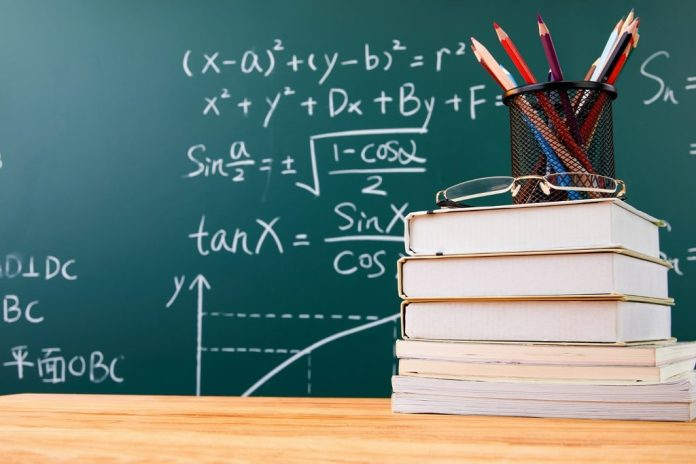“Math interventions” aren’t as frightening as they sound.
They are simply strategies employed by a student (or the people that care about them) when math becomes too challenging.
And let’s be clear: math is challenging, especially in the higher levels of high school. It goes from 0-100 fairly fast, and falling behind can be easy.
As later grades increasingly wade into the complex worlds of functions, vectors and trigonometry, a student might need a little extra push to make pace.
How to Help a Student Struggling with Math
This article lists a few effective math interventions to consider – from enrolling in online math courses to rethinking problems and learning with peers. Now, let’s solve for math struggles!

Adapt to a Student’s Predominant Learning Style
Every student learns differently.
According to the influential VARK model, students can be one or a combination of auditory learners, visual learners, reading/writing learners and kinesthetic learners.
Understanding how a student learns best can be a fantastic first step in catching up with math.
For instance, if a student is a predominantly “visual learner,” they might do best looking up YouTube lectures that feature exploratory infographics.
Related: Why We Love Accounting Professional Year Program in Sydney
Consider Online Courses
Online courses are terrific for students struggling with math.
They’re self-paced, meaning students can allot more time to challenging concepts. They’re flexible, allowing students to take ample time on a math course.
They’re removed from the pressures of a physical classroom, which can exacerbate math anxiety.
If you’re considering online courses, make sure to choose a ministry-inspected online school licensed to give credits.
As an example, explore the course description and accommodations in this MHF4U course (Grade 12 Advanced Functions).
Related: How To Stay Motivated To Study and Rank Higher
Try Schema Instruction
A student may be perfectly capable of solving a math problem, but they hit a stumbling block when problems introduce language.
This is a common setback for ESL students, as well as some learning styles that are less compatible with reading and writing.
In these cases, try “schema instruction,” which basically pares down problems to their schematic outline rather than complicating them with language.
As a basic example, take this problem: “George has eight apples at home. After going to the store, he has thirteen. How many apples did George buy at the store?”
This problem can be expressed as a change schema instead: 8 + (?) = 13.
Related: Should You Go for Child Plans as Education Cost Shoots Up?
Encourage Group Studies for Peer Learning
Studies show that peer learning can help students struggling with tough concepts.
It might sound scary at first (after all, how can you be sure those peers know the material, having just learned it as well). But experts contend that even incomplete peer learning has roundly positive effects.
Sometimes, it’s tough for a student to take direction from an authority figure; they clam up, get flustered or feel inadequate for not knowing something.
Peer learning, like study groups, can help students learn on an equal footing.
Related: What Benefits Do You Enjoy From Getting a Bachelor’s Degree?
Don’t Discount the Power of Positive Reinforcement
Lastly, here’s a quick tip: be positive. If you’re the one helping a struggling student, offer ample encouragement and celebrate their wins.
If you’re the student struggling, be kind to yourself. Math struggles are very common. Rather than throw in the towel, follow these actionable steps to catch up – and maybe even get ahead!
Related Posts:
- The Advantages of Taking Online Master’s Degrees
- Recommendations to Teach English in Spain, TEFL Courses in Spain
- How can You Grow Education Skills with an online tutorial?










